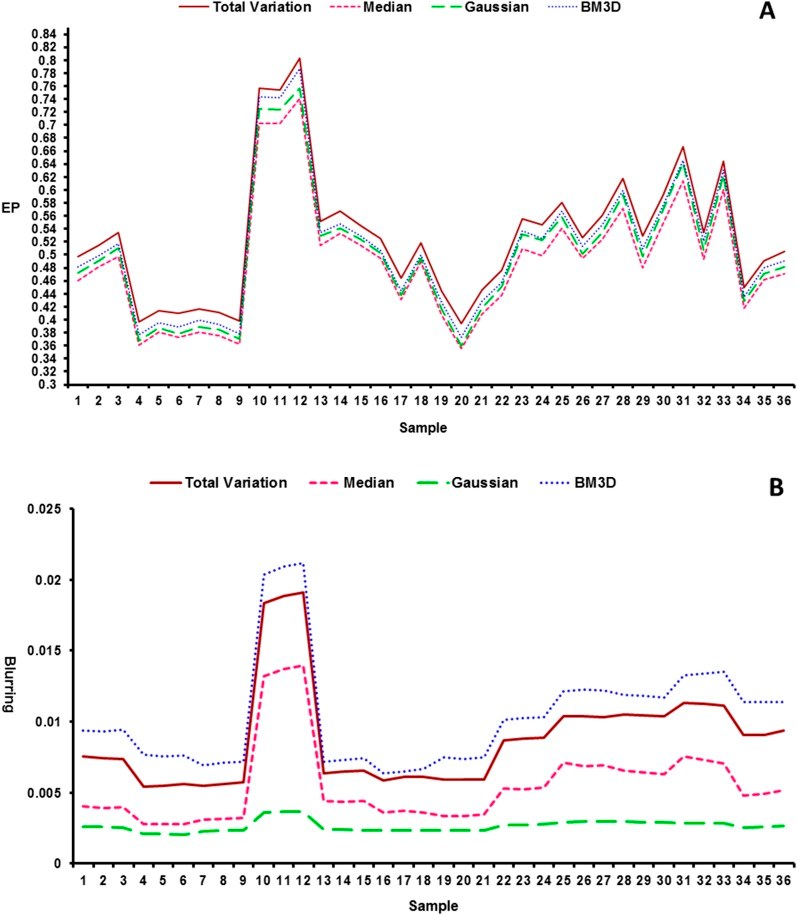Birth prevalence of orofacial cleft in a tertiary hospital in Riyadh, Saudi Arabia: A retrospective audit
Affiliations
Affiliations
- AlJahra Specialized Dental Center, Kuwait Ministry of Health, Kuwait City, Kuwait.
- Head of Cleft Lip and Plate Center in King Abdulaziz Medical City, Riyadh City, Saudi Arabia.
- King Saud bin Abdulaziz University for Health Science, Pediatric Dentistry Riyadh City, Saudi Arabia.
- Kuwait Ministry of Health, Kuwait City, Kuwait.
Abstract
Aim: The present study aimed to calculate the birth prevalence of orofacial cleft patients in King Abdulaziz Medical City (KAMC) Tertiary Care Hospital in Riyadh City, KSA.
Material and methods: The data utilized in this retrospective study were obtained from the birth data registry at the hospital covering the period between January 2014 and December 2018. The data collected for the orofacial cleft patients pertained to the birth year, type of cleft, gender, and associated syndromes.
Results: The total number of documented orofacial cleft cases born between 2014 and 2018 was 78, with a birth prevalence of 1.8 per 1000 live births and no gender bias. Cleft palate (CP) represented the most common type at 38.5% (n = 30), followed by cleft lip at 26.9% (n = 21) and unilateral cleft lip and palate at 24% (n = 19). The least common type was facial cleft, at 3.4% (n = 6). Syndrome association was seen in 15.4% (n = 12) of the cases.
Conclusion: The birth prevalence of orofacial clefts in KAMC Riyadh city is in accordance with the worldwide ratio and similar to the birth prevalence reported in the Middle East area. CP showed more prevalence than the other orofacial cleft types, and the association with syndromes was significantly low.
Keywords: Birth prevalence; Craniofacial Anomalies; Oro-Facial Cleft.
Conflict of interest statement
The authors declare that they have no known competing financial interests or personal relationships that could have appeared to influence the work reported in this paper.
Figures
Similar articles
Albalawi F, Alsaeed S, Alalola B, Alotaib GS, Kalagi S.Int J Clin Pediatr Dent. 2023 Jan-Feb;16(1):124-130. doi: 10.5005/jp-journals-10005-2507.PMID: 37020763 Free PMC article. Review.
AlHammad Z, Suliman I, Alotaibi S, Alnofaie H, Alsaadi W, Alhusseini S, Aldakheel G, Alsubaie N.Saudi Dent J. 2021 Mar;33(3):137-142. doi: 10.1016/j.sdentj.2019.12.002. Epub 2019 Dec 19.PMID: 33679106 Free PMC article.
Alhayyan WA, Pan SC, AlQatami FM.Cleft Palate Craniofac J. 2018 Nov;55(10):1450-1455. doi: 10.1177/1055665618766059. Epub 2018 Apr 30.PMID: 29708800
Doray B, Badila-Timbolschi D, Schaefer E, Fattori D, Monga B, Dott B, Favre R, Kohler M, Nisand I, Viville B, Kauffmann I, Bruant-Rodier C, Grollemund B, Rinkenbach R, Astruc D, Gasser B, Lindner V, Marcellin L, Flori E, Girard-Lemaire F, Dollfus H.Arch Pediatr. 2012 Oct;19(10):1021-9. doi: 10.1016/j.arcped.2012.07.002. Epub 2012 Aug 24.PMID: 22925539 French.
Global Birth Prevalence of Orofacial Clefts: A Systematic Review.
Panamonta V, Pradubwong S, Panamonta M, Chowchuen B.J Med Assoc Thai. 2015 Aug;98 Suppl 7:S11-21.PMID: 26742364 Review.
Cited by
Eltyeb EE, Halawi MHA, Tashari TBM, Alharbi K, Alsayari OS, Albarrak DA, Eltayeb RA, Al-Makramani AAA, Medani IEM.Pediatr Rep. 2023 Jul 20;15(3):431-441. doi: 10.3390/pediatric15030040.PMID: 37489414 Free PMC article. Review.
Albalawi F, Alsaeed S, Alalola B, Alotaib GS, Kalagi S.Int J Clin Pediatr Dent. 2023 Jan-Feb;16(1):124-130. doi: 10.5005/jp-journals-10005-2507.PMID: 37020763 Free PMC article. Review.
KMEL References
References
-
- Agbenorku P. Orofacial clefts: A worldwide review of the problem. ISRN Plast. Surg. 2013;2013 doi: 10.5402/2013/348465. - DOI
-
- Census, S., 2020. Saudi Census [WWW Document]. URL https://www.stats.gov.sa/ar/43 (accessed 1.11.20).
-
- Davis J.S., Ritchie H.P. Classification of congenital clefts of the lip and palate: with a suggestion for recording these cases. JAMA. 1922;79:1323–1327.
-
- Gorlin R.J., Cohen M.M., Jr., Hennekam R.C.M. Oxford University Press; 2001. Syndromes of the Head and Neck.
-
- Hirayama K. Anatomical studies on the development of the facial artery and its distribution in the cleft lip of the human fetus. Part 1 development of the facial artery in the human fetus in the latter stage of pregnancy. Med. J. Kagoshima Univ. 1971;1:295–316.
-
- de Queiroz Herkrath A.P.C., Herkrath F.J., Rebelo M.A.B., Vettore M.V. Measurement of health-related and oral health-related quality of life among individuals with nonsyndromic orofacial clefts: A systematic review and meta-analysis. Cleft palate-craniofacial. J. Off. Publ. Am. Cleft Palate-Craniofacial Assoc. 2015;52:157–172. doi: 10.1597/13-104. - DOI - PubMed
-
- WHO Registry Meeting on Craniofacial Anomalies (2001 : Bauru, B., Mossey, P.A., Catilla, E.E., Programme, W.H.O.H.G., WHO Meeting on International Collaborative Research on Craniofacial Anomalies (3rd : 2001 : Bauru, B., n.d. Global registry and database on craniofacial anomalies : report of a WHO Registry Meeting on Craniofacial Anomalies / Main editors: P. Mossey, E. Catilla.




